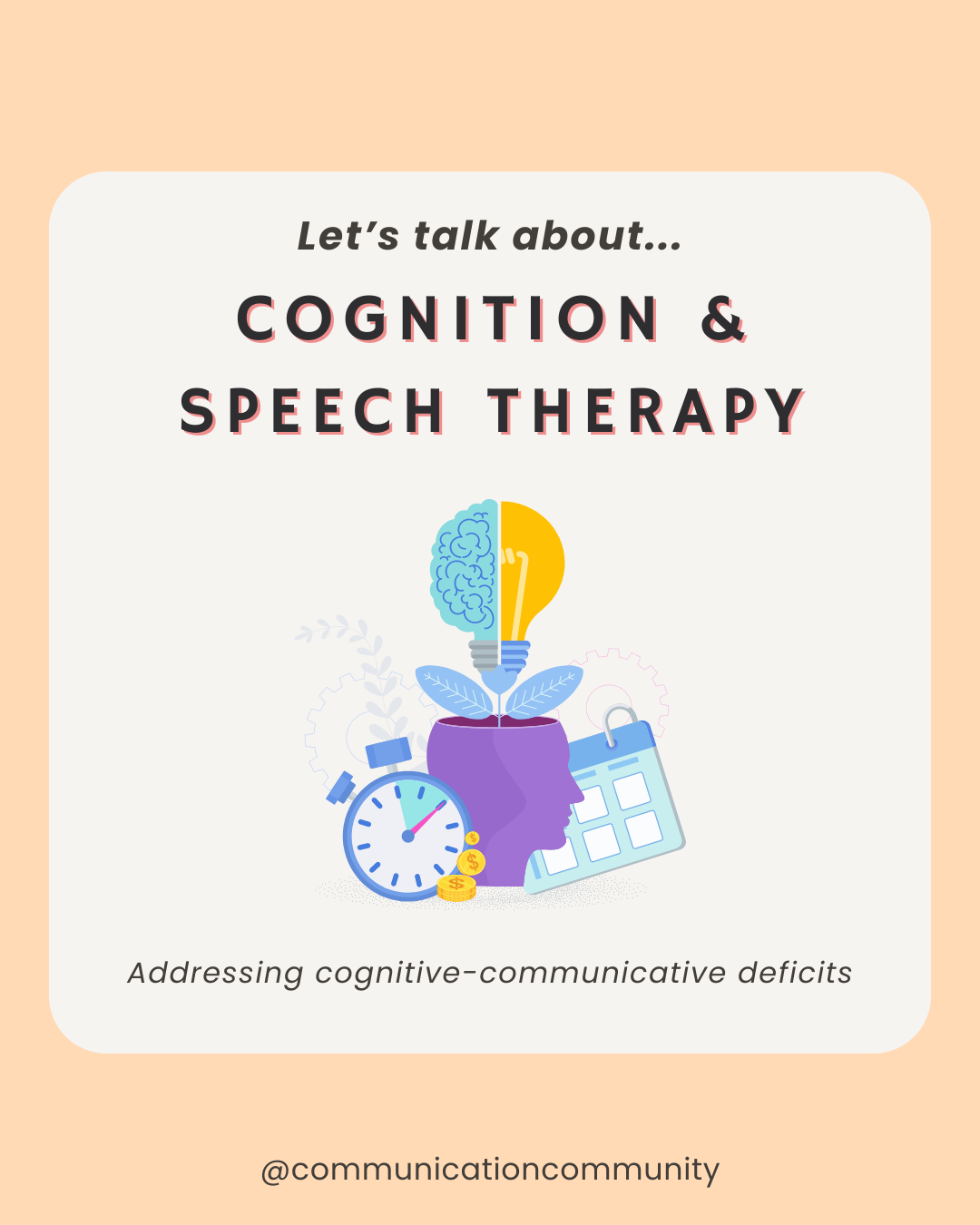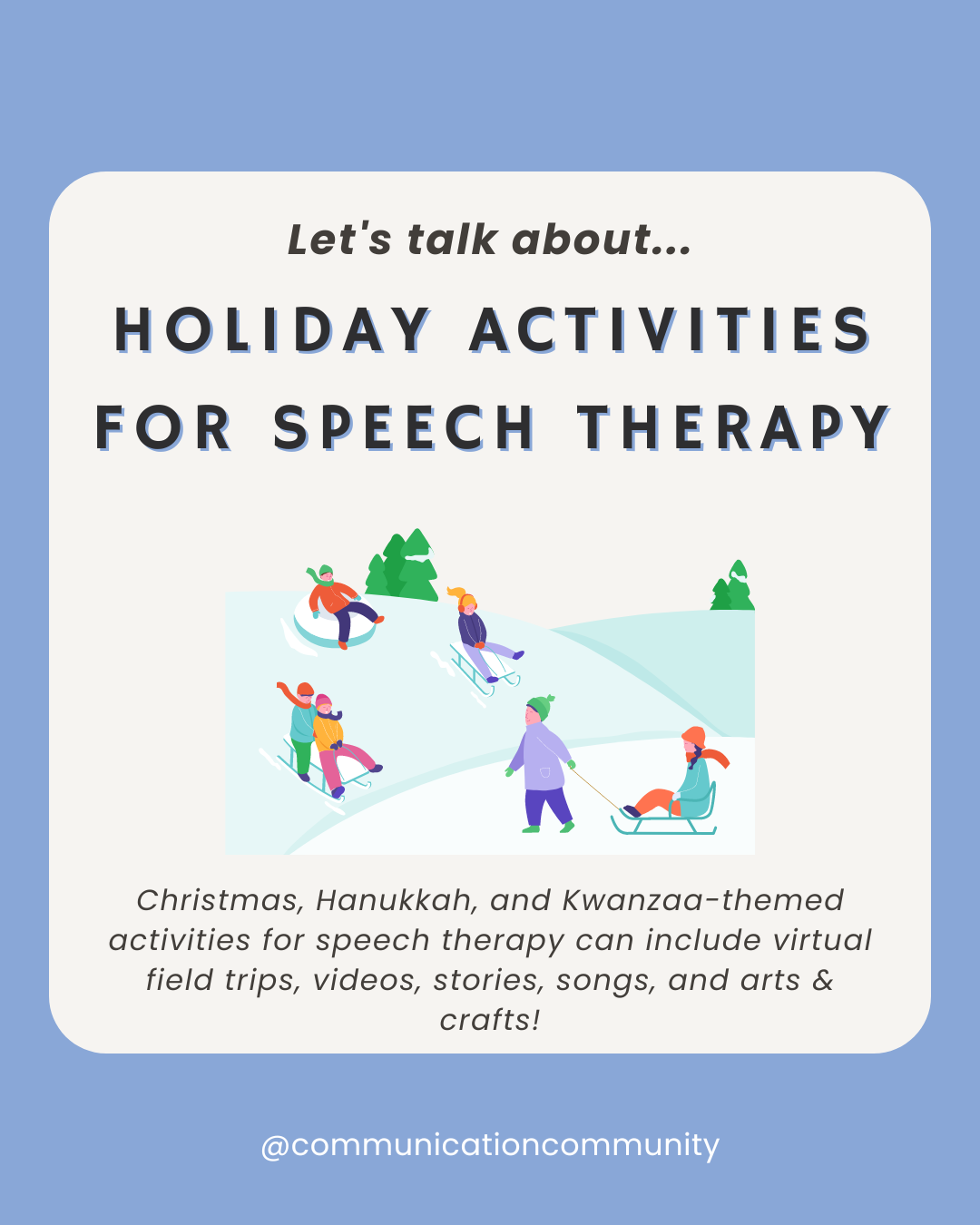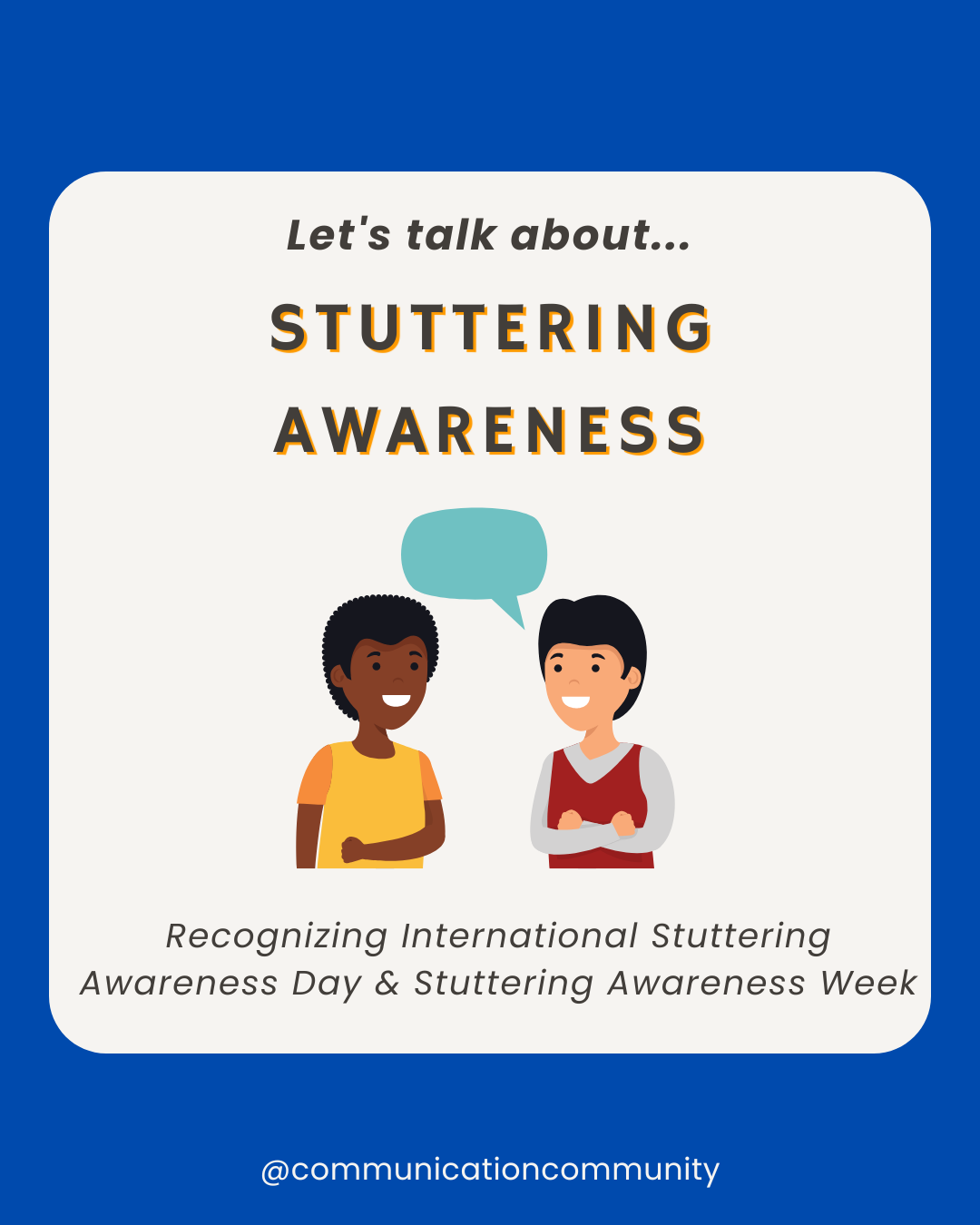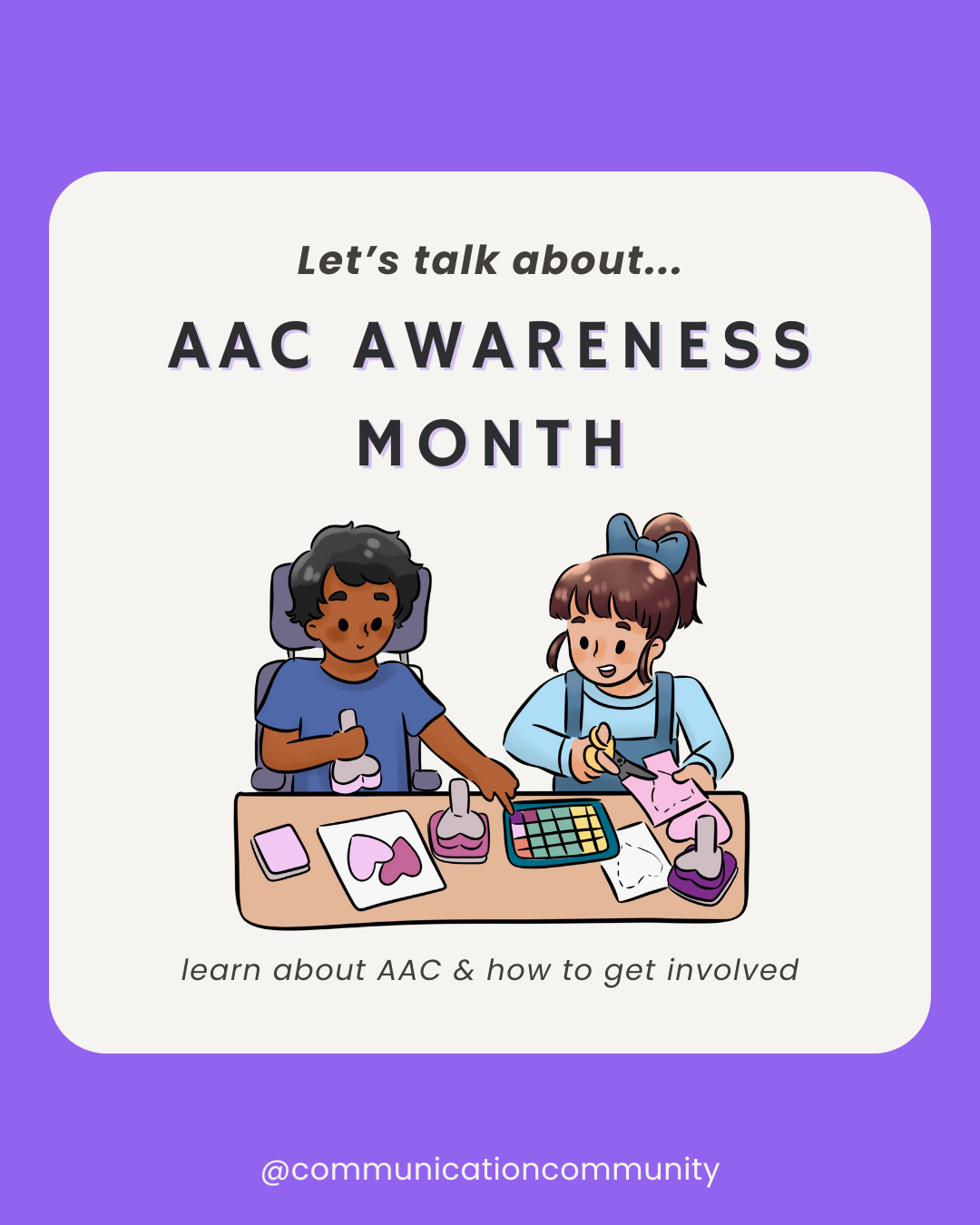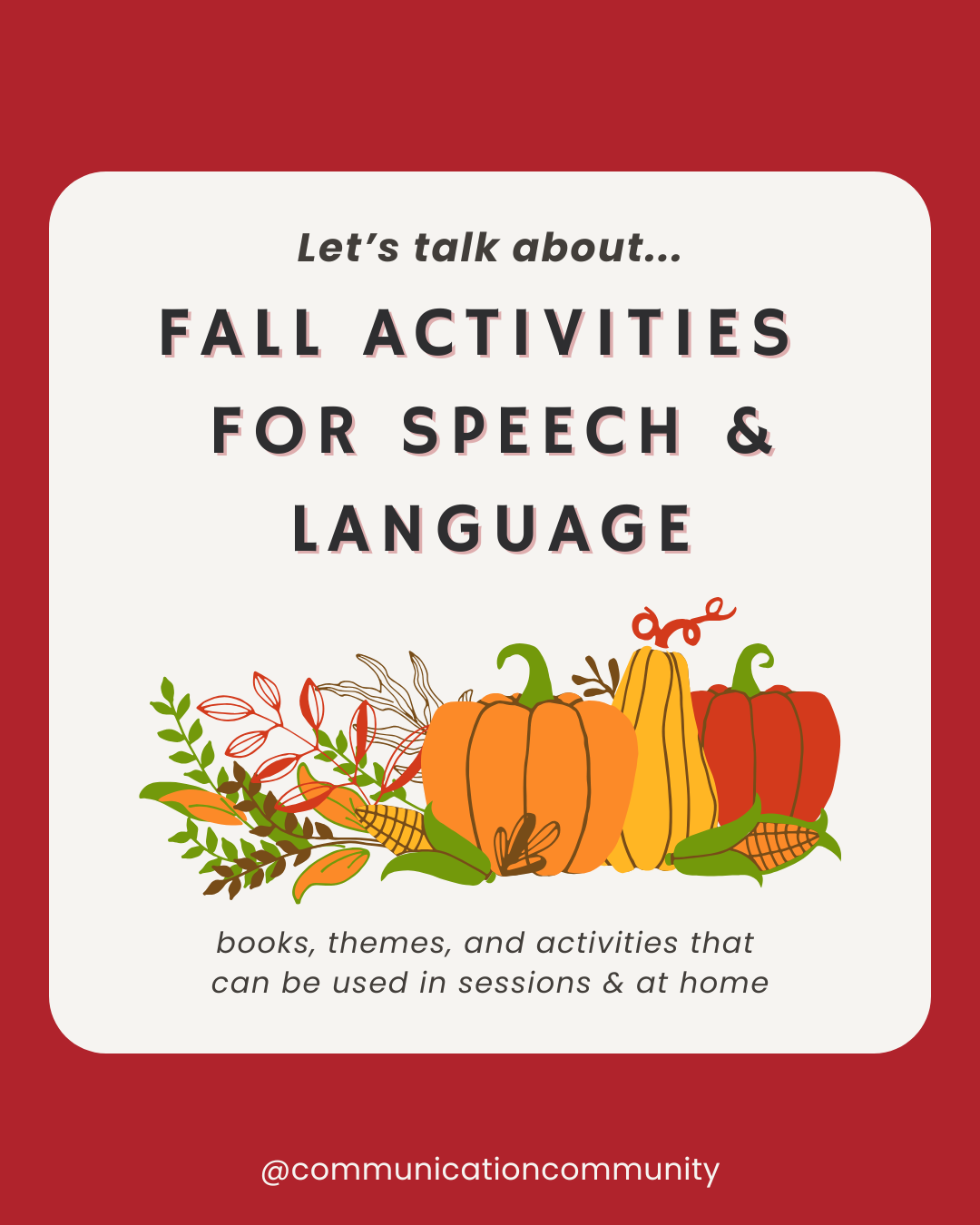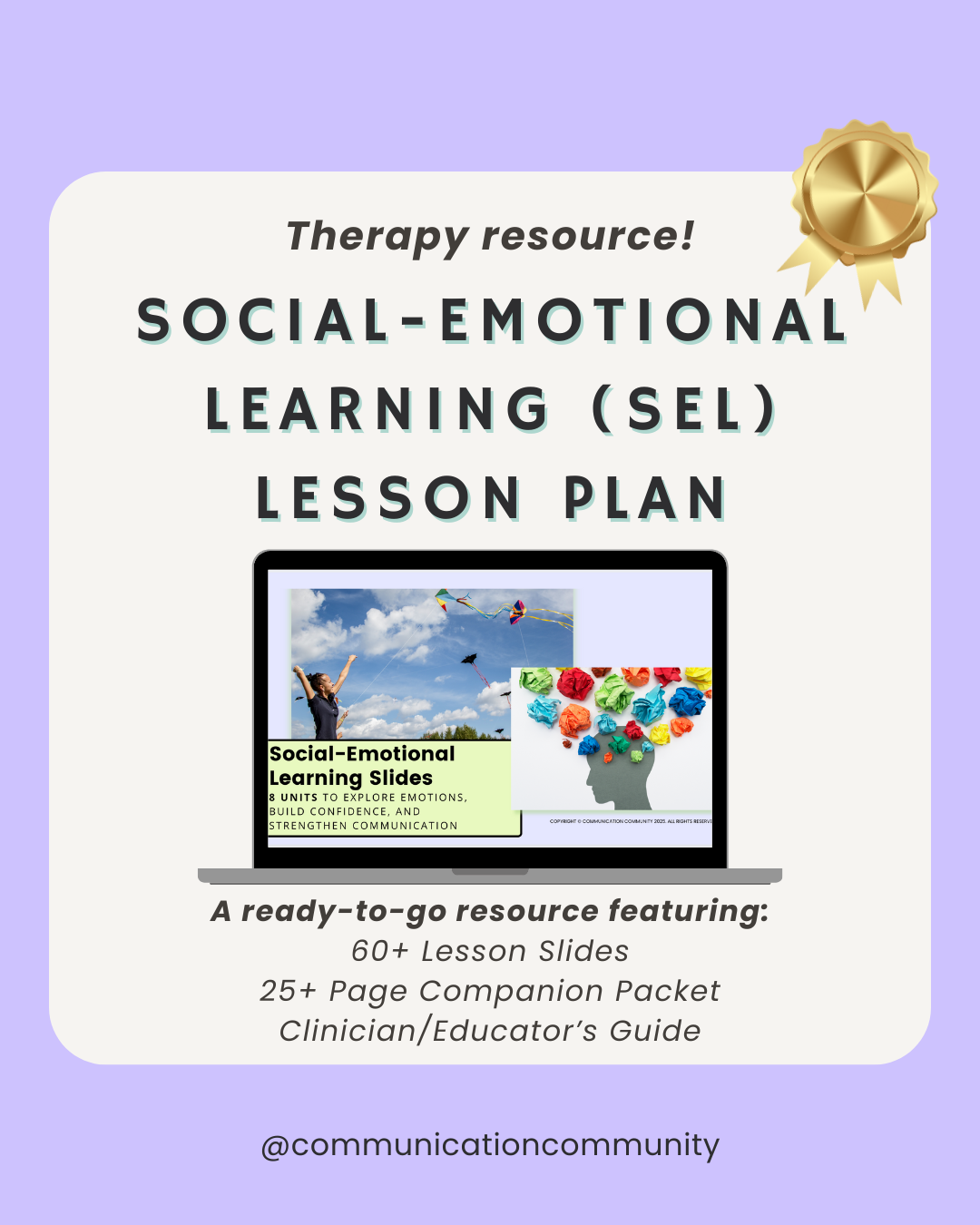Individuals with cognitive-communicative deficits may benefit from skilled treatment to address these areas and improve overall cognitive functioning.
Cognition and Speech Therapy
Individuals with cognitive impairments are often referred to speech therapy to address cognitive-communicative deficits, meaning their cognitive status impacts their communication and/or daily functioning in some way. These deficits may affect activities of daily living (ADLs), social interactions, job duties, or academic performance.
Who May Receive Cognitive-Communicative Speech Therapy Services?
Individuals who may benefit from cognitive-communicative speech therapy include those with:
- Brain injuries
- Alzheimer’s/dementia
- Stroke
- Brain tumors
- Other acquired neurological diseases
What Does Cognitive-Communicative Speech Therapy Include?
The following five areas are often addressed in cognitive-communicative speech therapy:
Attention
This refers to the ability to attend to novel information, as well as understand it and organize it in one’s mind. It includes divided attention, alternating attention, and sustained attention.
- Divided attention: Being able to do two tasks simultaneously
- Example: Listen to a podcast while doing the dishes
- Alternating attention: Being able to switch between tasks
- Example: Cooking a recipe and cleaning up as you go
- Sustained attention: Being able to maintain attention over a period of time
- Example: Working on a crossword puzzle for 15 minutes
Memory
This refers to both short term and long term memory. In speech therapy sessions, clients are often taught how to use internal and external memory aids to recall information.
- Internal memory aids: Strategies for remembering information without using any resources
- Examples: Visualizing information, using pneumonics, chunking information, categorizing information
- External memory aids: Strategies for remembering information by using resources
- Examples: Alarms, planners, memory books, notes
Executive functions
Broadly speaking, executive functions is an umbrella term for a number of related cognitive processes, many of which overlap with other areas of cognitive-communicative skills. The three main pillars of executive functions include:
- Working memory: The ability to hold and manipulate information over a short period of time
- Example: Going to another room in the house to grab two specific items
- Cognitive flexibility: The capacity to adapt to shifting stimuli or perspectives
- Example: Stopping to tie your shoe while headed to another room in the house to grab the two specific items
- Inhibitory control: The skill to suppress impulses and distractions
- Example: Recognizing the distraction but resisting the urge to start watching the TV show that is on in the room where you grabbed the two specific items
Problem solving
The skill of problem solving involves being able to recognize problems and know how to solve them. Solving problems may require the assistance of others, so addressing when a problem can be solved independently versus with assistance is another important skill.
- Recognize problems: Understanding when there is a problem
- Example: Running out of medication without having a refill; feeling unsteady on one’s feet
- Solving problems: Knowing how to resolve a problem
- Example: Calling the pharmacy to refill a prescription; using a cane/walker to maneuver the environment
Language
Cognitive-communicative difficulties can also impact language, most significantly with semantics (vocabulary) and pragmatics (interacting with others).
- Semantics: Understanding and using vocabulary
- Example: Stating the names of commonly-visited retail stores
- Pragmatics: Interacting with others and understanding higher-level language, including emotions, sarcasm, metaphors, and idioms
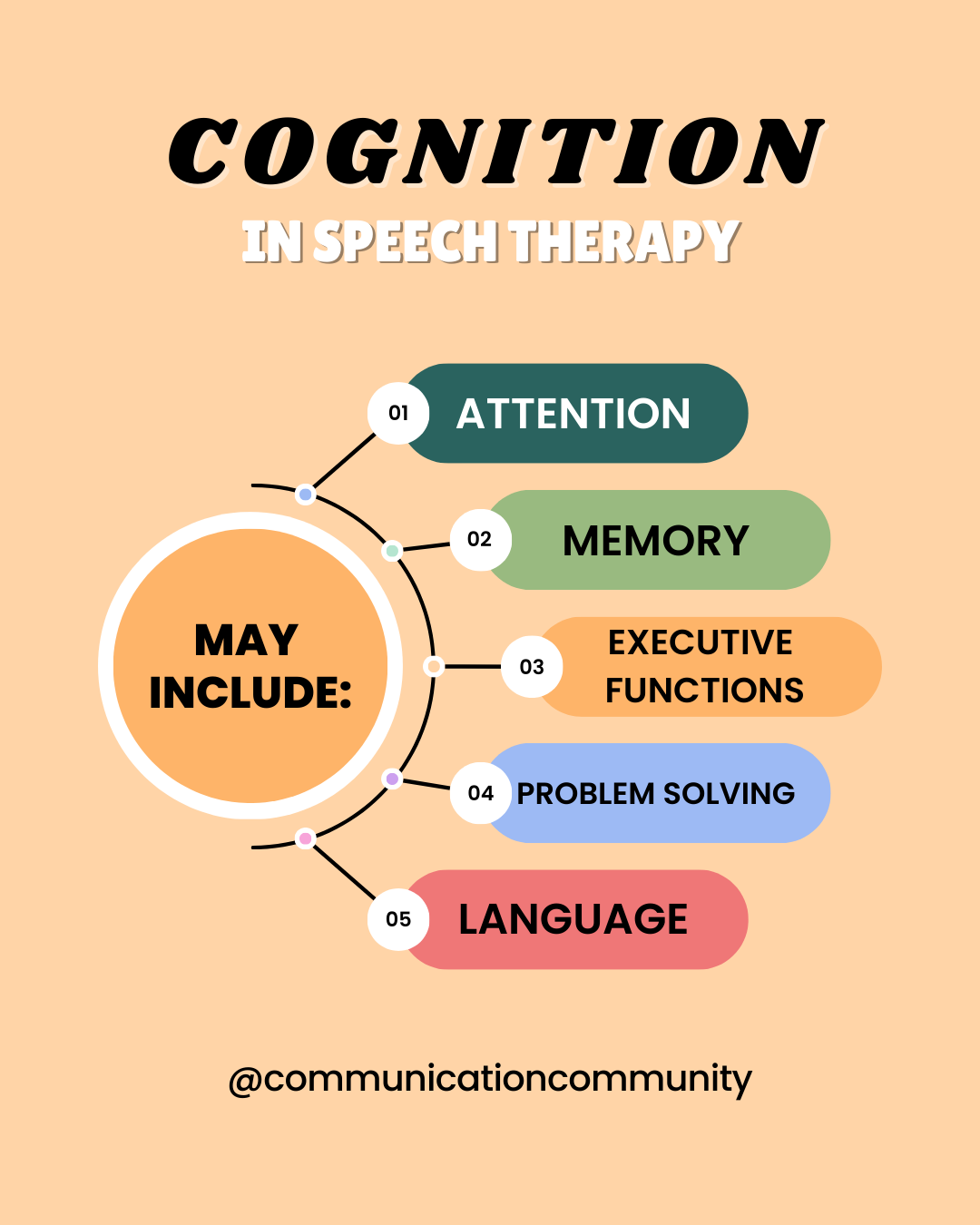
Cognitive-Communicative Speech Therapy Activities
When you’re addressing cognitive-communicative concerns with your clients, it is especially important to consider what they want to work on and what their available resources are. For example, a client who uses their smartphone proficiently may benefit greatly from adding reminders and calendar events to their device. A client who is eager to get back to work, but does not do the majority of cooking in their home, may benefit from activities related to improving their executive functioning skills in the context of their job duties rather than grocery shopping and meal preparation. Below are a few examples of speech therapy activities, though they may not be the most applicable to all clients.
Inside our Premium Community, we have a number of no prep resources that can be printed out or used digitally. These include resources related to ADLs, functional word-finding, attention, planning/organizing information, problem solving, and more. We know that prep time is limited; save time without sacrificing quality when you use our extensive resource library.

Attention:
- Visual attention: Sorting pills (or beads) cards, letter tiles, filling out forms
- Divided attention: Answering conversation questions while completing a word search
- Alternating attention: Filling out a form while also listening for name being called
Memory:
- Internal memory aids: Use a pneumonic device to remember morning medications
- External memory aids: Use a planner to complete daily tasks
Executive functions:
- Working memory: Read a news article or listen to a podcast segment and answer comprehension questions about it
- Cognitive flexibility: Provide scenarios with two or more individuals and explore each individual’s perspective (e.g., a teenager and their parent)
- Inhibitory control: While completing a task (any other mentioned here), provide a distraction (e.g., play a song, clap, walk around)
Problem solving:
- Recognizing problems: Provide scenarios, either verbally or visually (e.g., with pictures) and discuss problems and/or potential problems.
- Solving problems: Discuss ways to resolve the problems in the scenarios, including whether they could be solved independently or if they would need assistance
Language:
- Naming tasks: Utilize relevant naming activities, such as stating family members, commonly-eaten meals, preferred shows or books
- Pragmatics: Review how the meaning of statements can change based on the situation or tone (e.g., “Nice of you to show up” in a serious versus sarcastic manner), discuss the meaning of common idioms
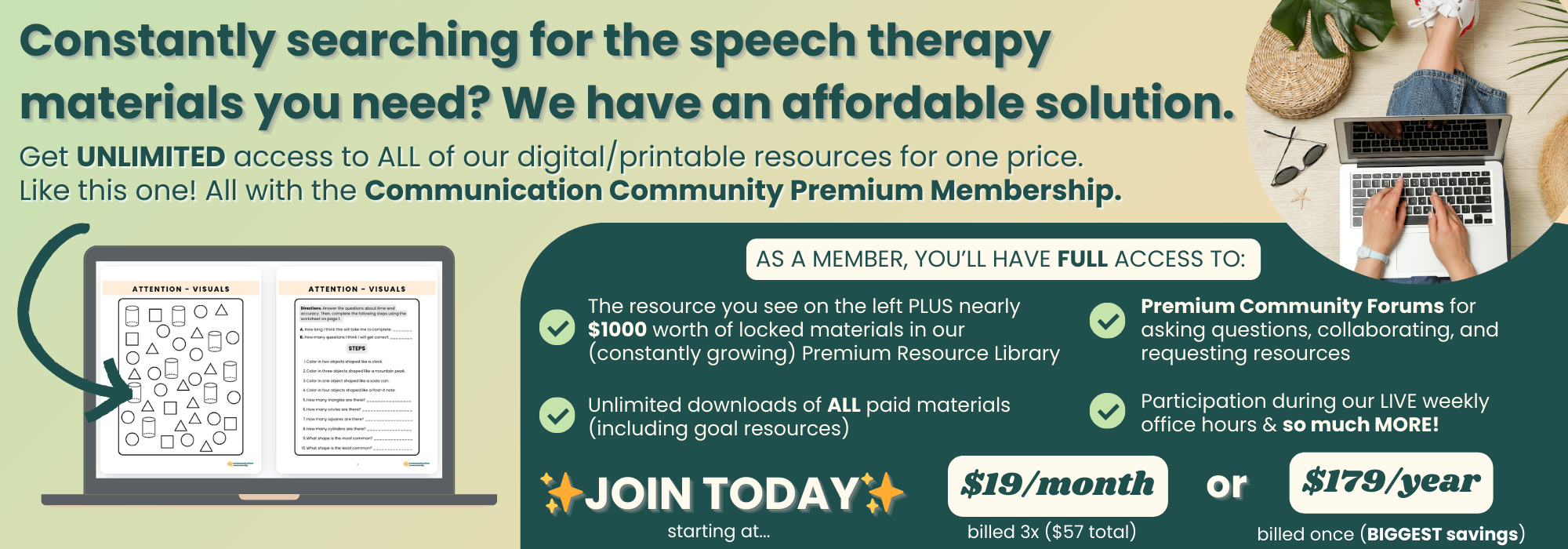
Cognitive-Communicative Speech Therapy Goals
Find cognition goals for speech therapy, as well as executive functions goals and aphasia (language) goals.
References
American Speech-Language-Hearing Association. (n.d.). Cognitive-communication disorders. Retrieved from https://www.asha.org/slp/clinical/cognitive-communication/
American Speech-Language-Hearing Association. (n.d.). Person- and family-centered care. Retrieved from https://www.asha.org/practice-portal/clinical-topics/aphasia/person-and-family-centered-care/
American Speech-Language-Hearing Association. (2004). Scope of practice in speech-language pathology. Retrieved from https://www.asha.org/policy/pp2004-00191/#sec1.3.23

